-
Welcome to 4Runners.com!
You are currently viewing as a guest! To get full-access, you need to register for a FREE account.
As a registered member, you’ll be able to:- Participate in all 4Runner discussion topics
- Transfer over your build thread from a different forum to this one
- Communicate privately with other 4Runner owners from around the world
- Post your own photos in our Members Gallery
- Access all special features of the site
How come my front coils look so over compressed
Discussion in '5th Gen 4Runners (2010-2024)' started by Toyota.ARK, Mar 31, 2021.

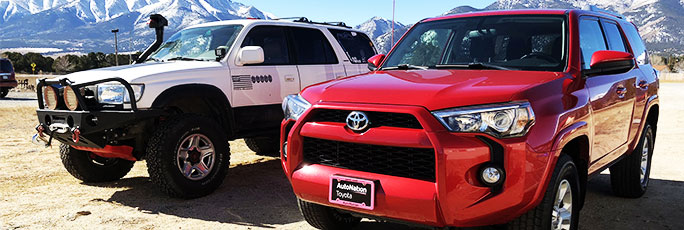
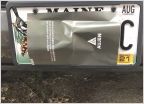 Plate attachment options
Plate attachment options TRD Pro roof rack - mounting recovery boards?
TRD Pro roof rack - mounting recovery boards?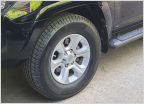 2019 SR5 Tire Replacement
2019 SR5 Tire Replacement Hub Centric Wheels
Hub Centric Wheels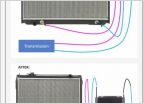 Towing package include a tranny cooler?
Towing package include a tranny cooler?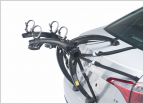 Trunk mount bike racks? (Rather than hitch mounted)
Trunk mount bike racks? (Rather than hitch mounted)












































































